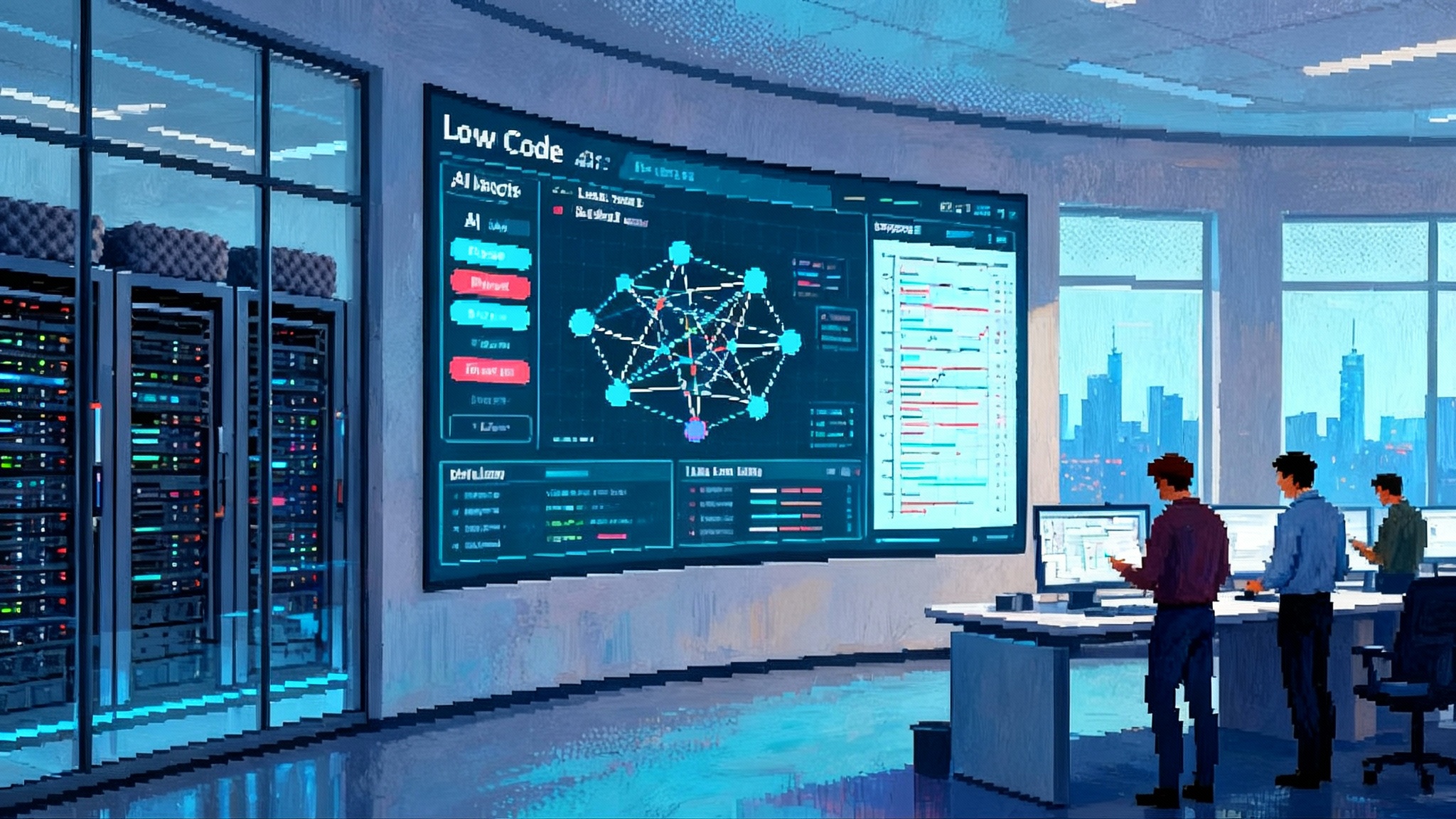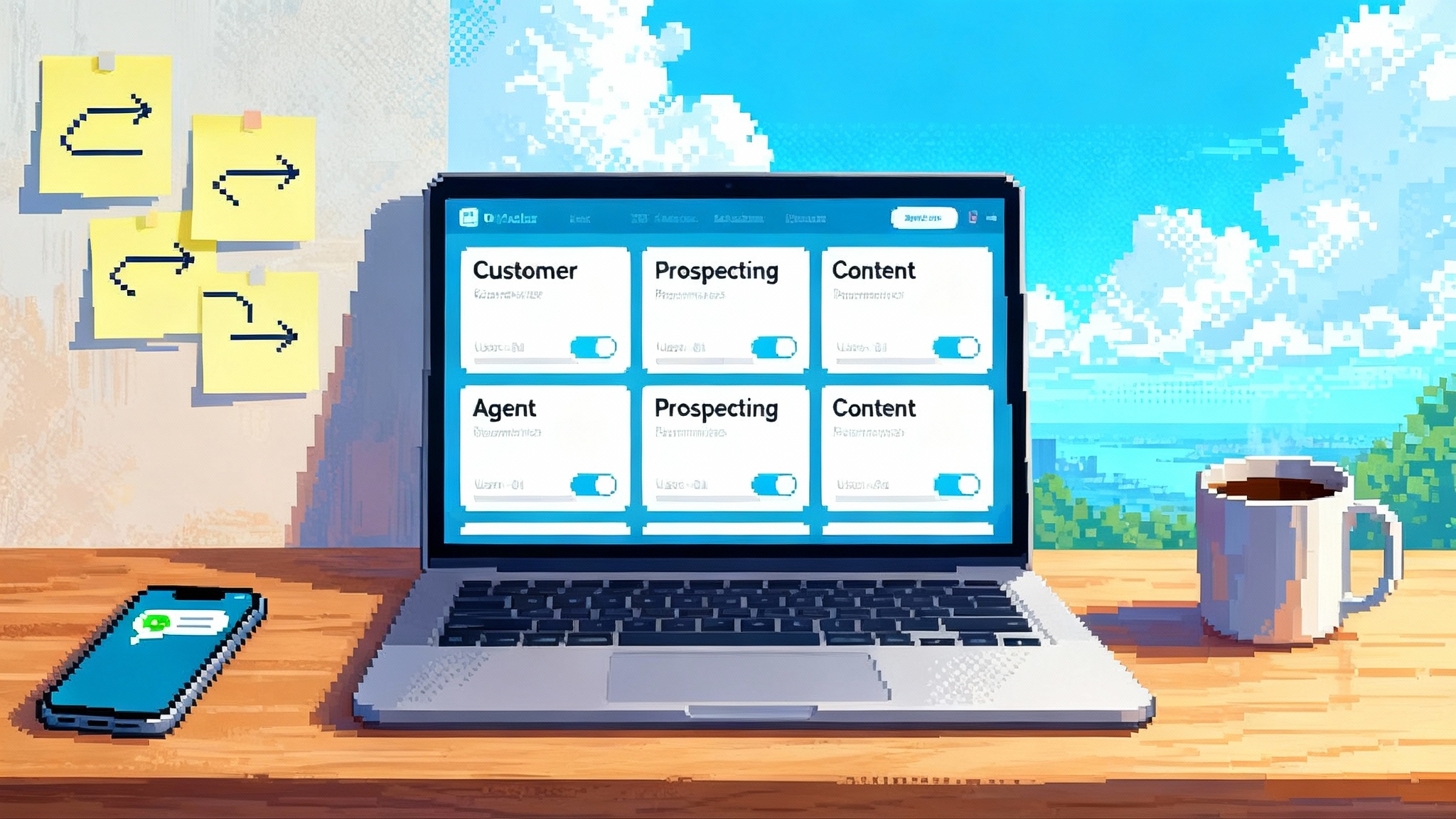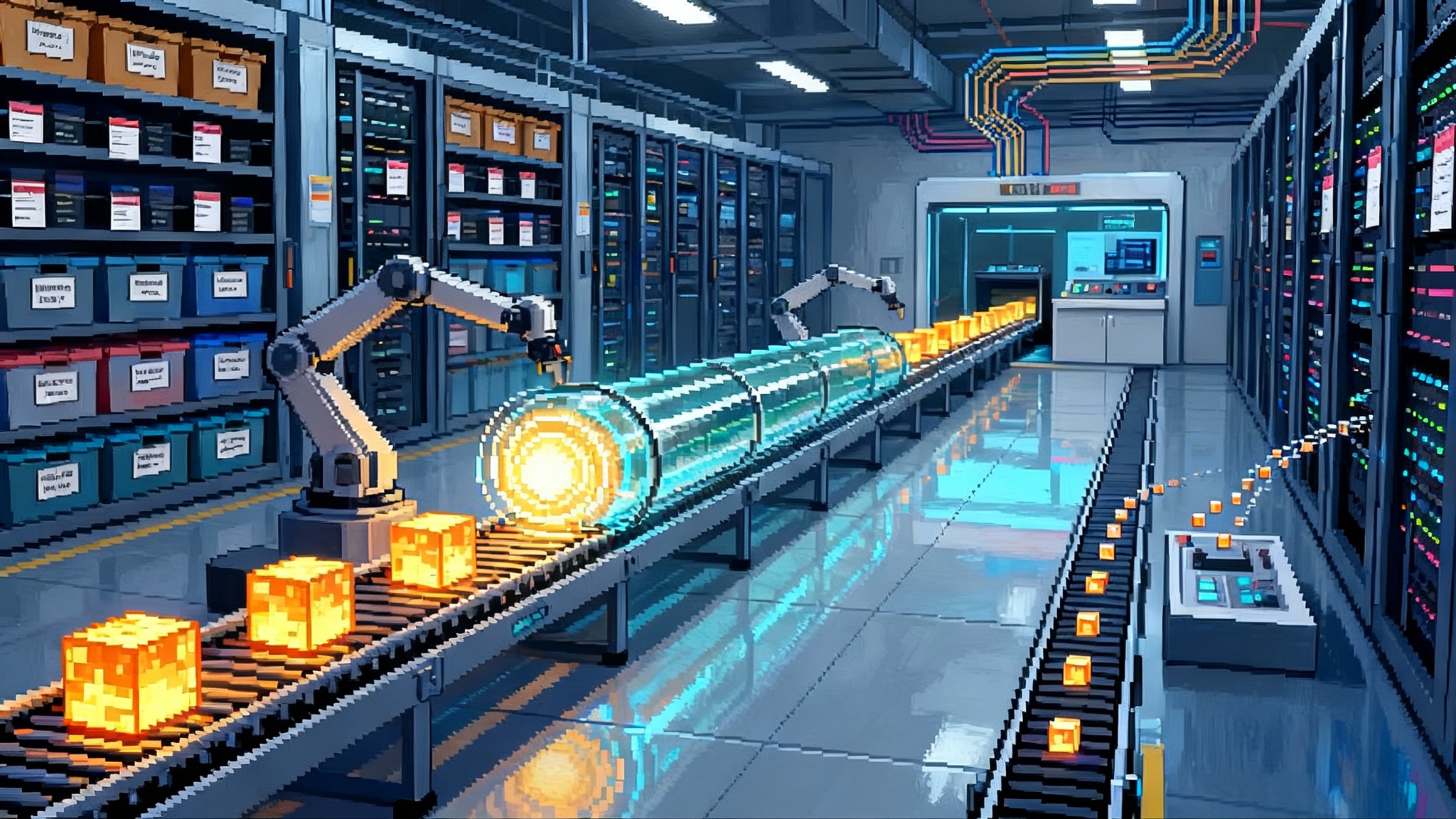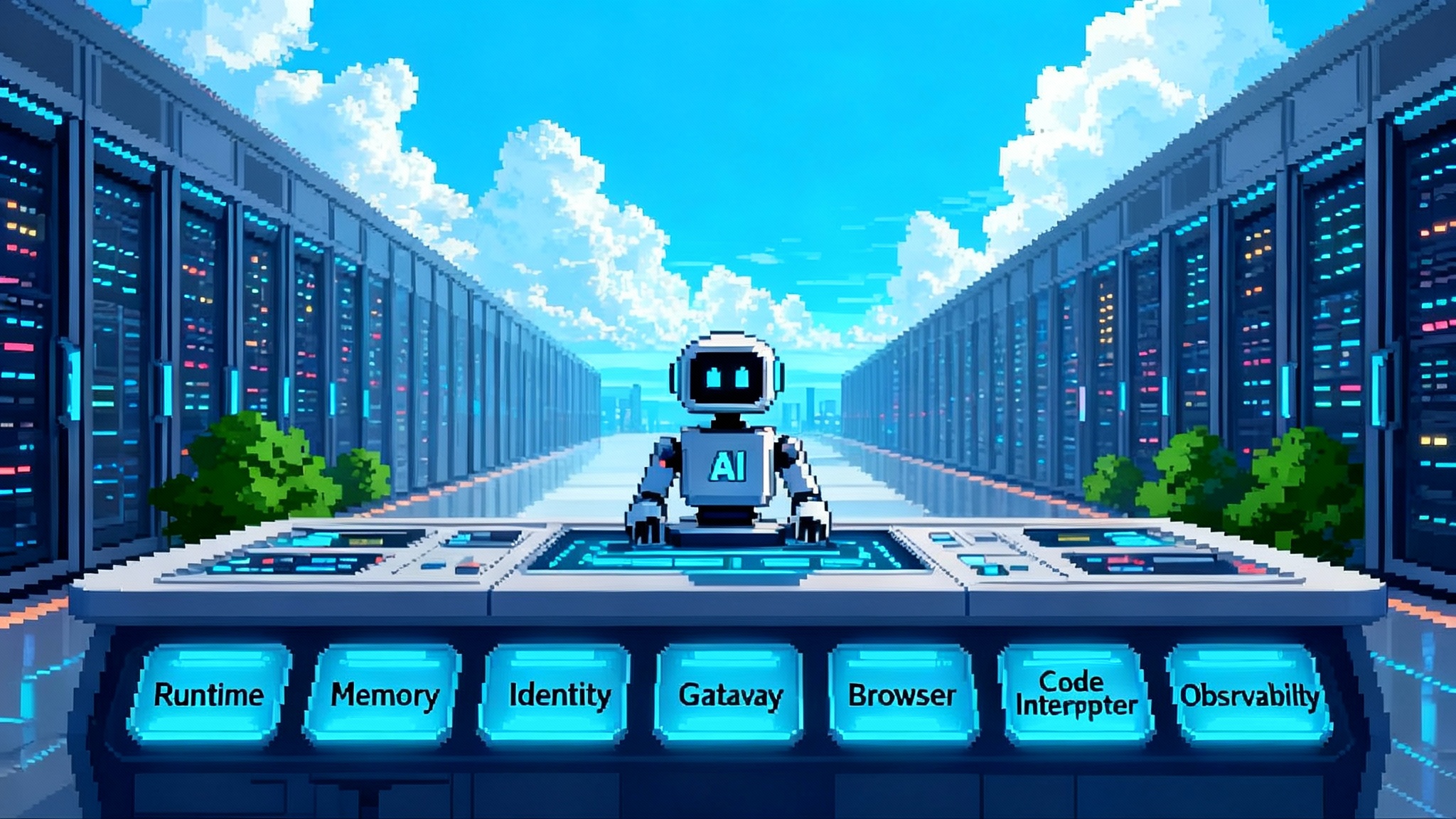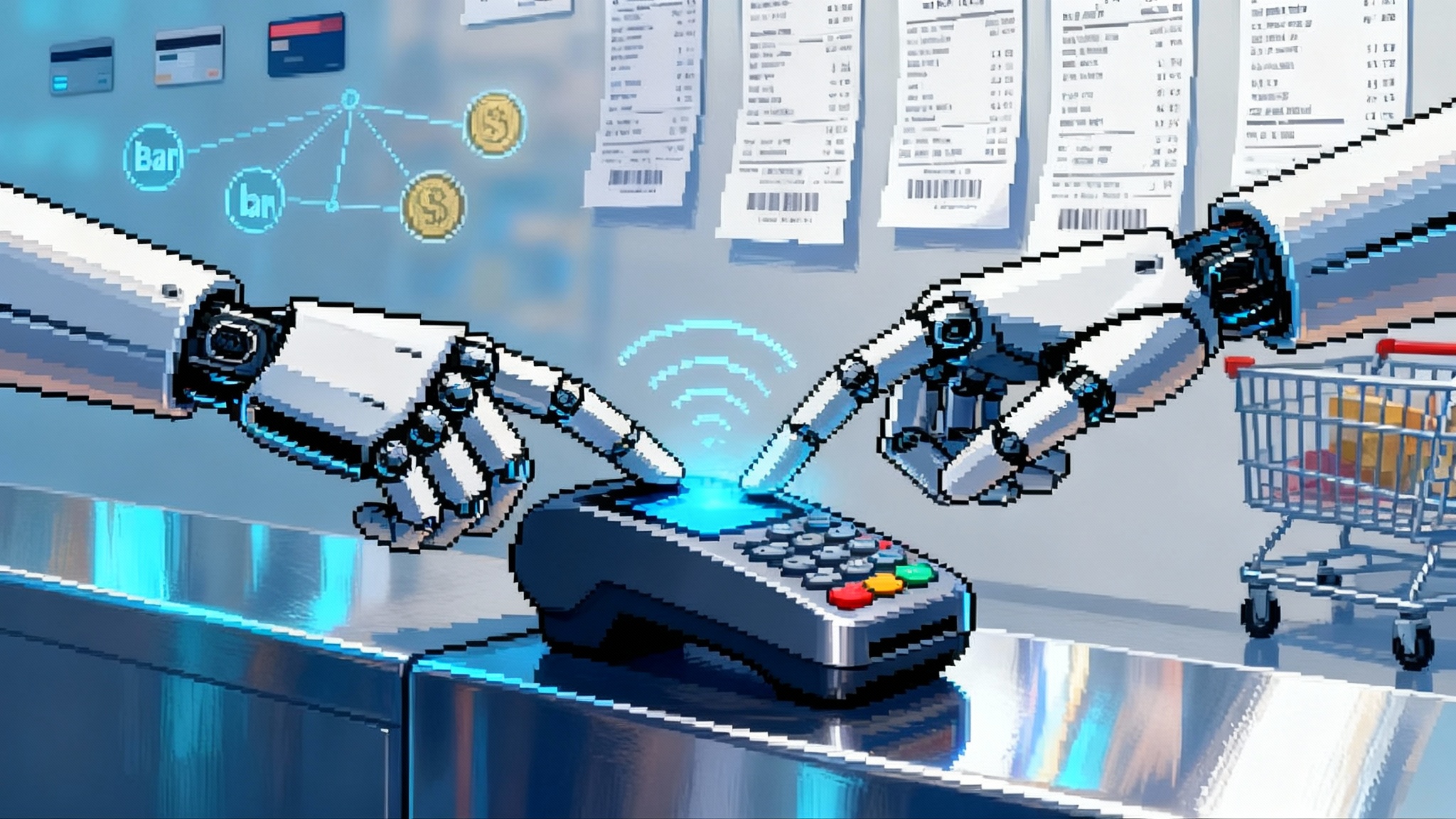Notion 3.0 Agents make your workspace an action graph
Notion 3.0 puts agents inside the workspace you already use, turning pages and databases into a living action graph. See how graph-native memory, long-running tasks, and policy-aware edits unlock real automation.
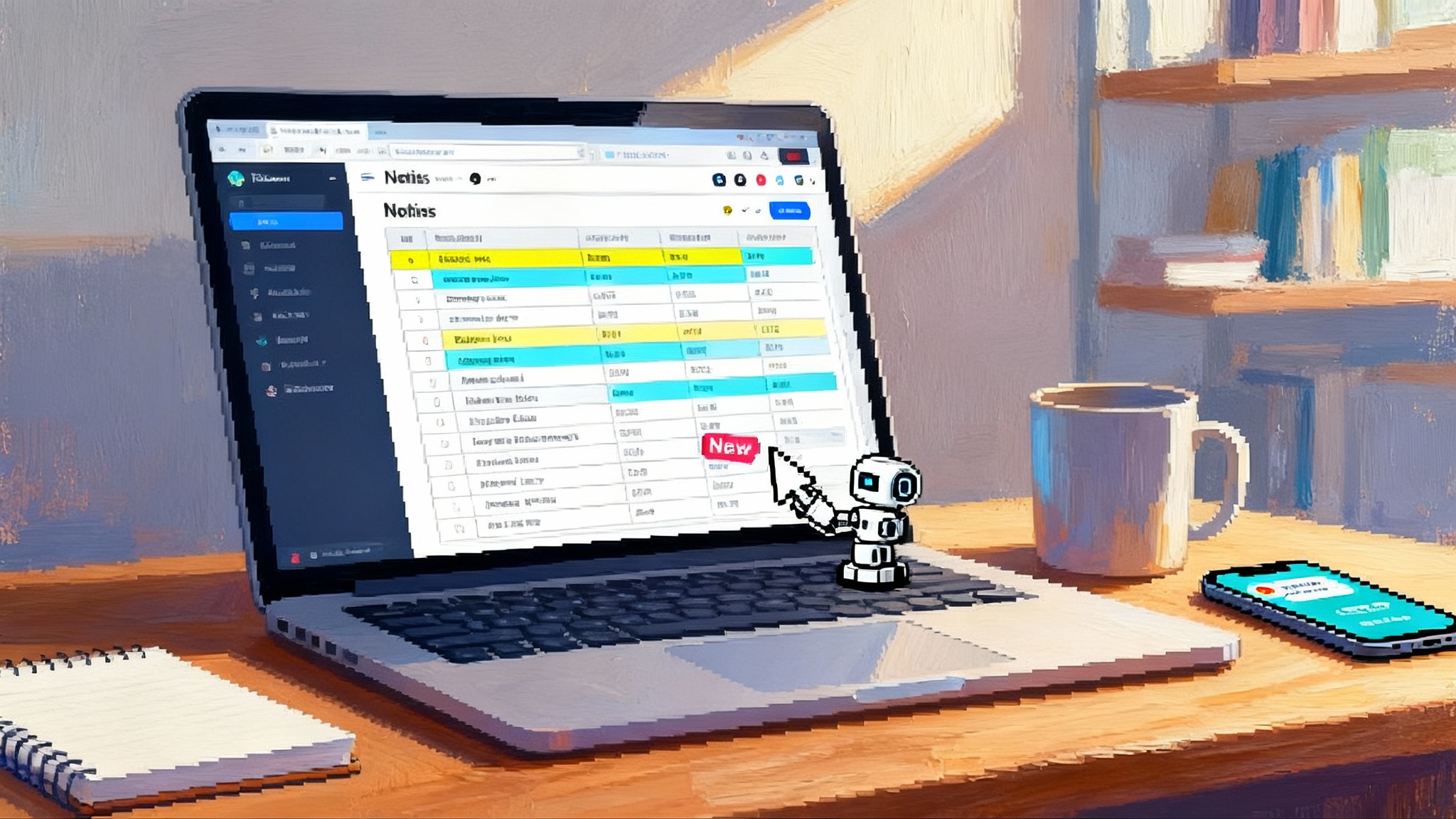
Breaking: your knowledge base just learned to act
On September 18, 2025, Notion launched Notion 3.0 and put software agents inside the product people already use to plan, write, and ship. In Notion’s words, anything you can do in Notion, your Agent can also do, from drafting docs to updating hundreds of records in a database. The centerpiece is an Agent that operates with your workspace context, your permissions, and a built in memory that lives in pages and databases. It is a step change because action moves into the same place where knowledge lives, rather than sitting in a separate automation tool. You can find the official details in the Notion 3.0 announcement.
This is not just another chat box. It is a preview of where agent user experience is heading: graph native memory, long running tasks, and policy aware edits that are first class citizens in the tools teams already inhabit.
What actually shipped
Notion’s Agent is designed to take on multi step work for roughly twenty minutes at a time, spanning many pages and databases. It reads and writes like a power user, but it stays within the same permission boundaries that govern your team. You give it an instructions page, which doubles as a memory bank and control panel. Over time, the Agent learns from what you capture there. You can refine its tone, routing rules, and where to file results. Crucially, it can act across connected tools, so the Agent can pull from email, chat, or files you have linked and then put structured results back into Notion.
Notion also added guardrails that matter for real teams. Row level permissions for databases let you share one system with many audiences while keeping data scoped to the right people. Connectors bring in the context that makes actions accurate. And a growing set of integrations through what Notion calls the Model Context Protocol makes it easier for coding tools, customer platforms, and other apps to read from and write to your workspace.
In short, the Agent’s core is not a prompt. It is a workflow participant that sits on top of your knowledge graph, with memory stored as pages and properties, and with the same audit trail you rely on for human edits.
Why this matters now
Over the last two years, knowledge platforms have converged toward a common shape: notes, tasks, databases, comments, and integrations in one surface. Agents turn that surface into an execution layer. That is why Notion’s move is more than a feature drop. It shows how a graph of pages and records becomes an action graph that can plan, act, and report without leaving the place where work already lives.
This shift is consistent with a broader pattern across the industry. Vendors are racing to put dependable agents close to governed data, rather than far away in separate tools. You can see similar priorities in platform plays like AWS AgentCore ops layer and in Google’s push with Vertex AI Agent Engine. Different worlds, same goal: keep action near the source of truth, with clear permissions and provenance.
Graph native memory, explained simply
Most assistants treat memory like a running transcript. That helps with short conversations but collapses under real collaboration. Notion takes a different path by making memory into structured knowledge.
Think of your workspace as a city map. Pages are buildings, databases are neighborhoods, and properties are street signs. A chat transcript is a car with a foggy windshield. A graph native memory is a bus route. You tell the Agent where the depots are, which passengers get priority, and what stops to make. The route is persistent, inspectable, and editable.
In practice, this means you create an Agent instructions page that spells out style, sources, and filing locations. You might add a database that tracks recurring tasks with properties such as frequency, data sources, and destination pages. The Agent reads those structures, executes the run, and then writes back into the same structures. Your memory is not hidden in a model’s head. It is codified in your graph so your teammates can see it, fix it, and extend it.
Long running tasks you can trust
A meaningful agent needs to run long enough to finish real work. Notion’s Agent runs for a multi minute window that is long enough for many enterprise routines. The point is not raw speed. The point is completing a job end to end without hand holding.
Consider a weekly voice of the customer digest. The Agent can collect notes from your support inbox, scan a feedback database, cluster themes, draft a summary, and file a new issue list for the product team. Because the Agent writes back into Notion, you have a source of truth you can approve, edit, or roll back. Because it uses your permission model, the Agent only sees what the assigned human would see.
This is what separates a helpful writing assistant from a teammate that moves work forward. It is not flashy. It is reliable.
Policy aware edits, right where work happens
Teams live and die by their permission model and their paper trail. When agents act outside the tools where work is governed, you get broken rules and mystery changes. When agents act inside the tool, your existing policies do more of the heavy lifting.
In Notion, policy awareness looks like this:
- The Agent inherits workspace, page, and database permissions, so it cannot read or write where the human could not.
- Row level permissions limit exposure when databases hold mixed audience records.
- Page history and database change logs show what changed, by whom, and when, so you can audit and revert.
- Comments and assignments still work, so you can keep a human in the loop without inventing a new review surface.
You do not need a second admin console to govern your agent. The system you already manage governs it.
Embedded context store vs external orchestration
Agent architecture has been a fork in the road. One path embeds the agent where the knowledge lives. The other path orchestrates from outside, using a separate runtime and a web of integrations.
Here is the tradeoff.
Embedded context store, as in Notion 3.0:
- Strengths: Instant access to structured context, strong alignment with permissions, first class provenance, smooth human review. Fewer desynchronization bugs because the agent writes to the same objects you monitor.
- Weaknesses: Risk of vendor lock in, limited cross app reach until connectors mature, and less flexibility to compose arbitrary external tools.
External orchestration using a standalone agent platform or a custom stack:
- Strengths: Freedom to target any surface, sophisticated branching logic, and fine control over tools and models. Easier to run experiments across multiple knowledge platforms.
- Weaknesses: Context drift, brittle integrations, and a fragmented approval story. Provenance is harder because edits land far from their source of truth.
Neither path wins everywhere. If your most important work already lives in a structured knowledge graph, embedded agents are often the shortest path to reliable action. If your company spans many unconnected systems or requires heavy custom logic, external orchestration still makes sense. The next era will mix both, but the gravitational pull favors embedded agents as more platforms turn their graphs into execution surfaces.
Reliability, provenance, and collaboration unlocks
When action meets the knowledge graph, three things improve immediately.
- Reliability: The agent reads from stable structures and writes to the same. You can add typed properties, constraints, and validations that nudge the agent toward clean data. Scheduled validations and saved views catch errors before they hit downstream teams.
- Provenance: Every change has a home. Page history and property logs show who did what, including the Agent. You can attach task identifiers to a run, store inputs and outputs, and reconstruct a decision later.
- Collaboration: Drafts, comments, and assignments stay in one place. A marketer can edit an Agent’s draft without hunting in a separate inbox. An engineer can accept or reject database edits inline, using the same review rituals they already know.
Each improvement compounds. Better provenance reduces fear of automation, which increases adoption, which gives you more data for validation, which increases reliability. You get a flywheel that is very hard to create with disconnected tooling.
What is still missing today
Even with the 3.0 release, some gaps remain before teams can treat agents like full coworkers.
- Triggers and schedules: Today’s actions mostly start with a human prompt. Teams want time based runs, event based runs, and status driven runs that tie into change events in databases and connected tools.
- Inter app actions at scale: Connectors exist, but teams need a larger catalog and stronger guarantees about write semantics, retries, and rate limits.
- Orchestration patterns: Many workflows need fan out and fan in, idempotency across retries, and compensation steps for partial failures.
- Testing and rollbacks: Teams want staging areas, dry runs, and one click reverts for complex agent edits.
- Observability: A first class view of each run’s chain of thought, tool invocations, and time spent per step is essential when work spans minutes and many objects.
Notion hints at the direction. Custom Agents, schedules, and triggers are listed as coming soon, along with a template ecosystem that should make it faster to install a specialist. That is echoed in outside coverage like the TechCrunch launch report, which previews template libraries and automated runs.
A near term roadmap this moment implies
Based on what shipped and what teams are already asking for, the next six to twelve months likely look like this.
- Triggers and scheduled runs: Cron like timing for weekly and monthly jobs, and event based starts keyed to database property changes or external webhooks.
- A richer action catalog: Deeper connectors for mail, calendars, code repositories, and customer systems, with write side guarantees and conflict handling.
- Inter app flows: An action in Notion that safely calls out to another app’s application programming interface, then returns results and updates the original records with provenance tags.
- Agent templates: A marketplace for installation ready specialists such as CSAT synthesizer, churn risk reviewer, or bug triage lead. Templates will likely bundle instructions pages, database schemas, and saved views.
- Workspace level policies: Granular caps on run duration, write scope, and model selection per team or per database, with approval gates for risky actions.
- Run analytics: Time to complete, success rates, and error taxonomies that show where to invest in better prompts, better schemas, or better connectors.
Each step reduces the activation energy for truly autonomous workflows while keeping provenance tight.
How to pilot Notion Agents this week
You do not need to wait for the full roadmap to extract value. Here is a compact playbook to move from experiment to production.
-
Create a real instructions page. Write tone guidelines, source priorities, and filing locations. Add examples of good and bad output. Include a checklist that the Agent can reference before it marks a task complete.
-
Start with read, then write. Run the Agent to compile and summarize across your workspace. Review its drafts in docs and saved views. Once you like the shape, grant scoped write access to one database with clear rollback procedures.
-
Encode your schema. Add required properties, select types, and relations so the Agent has rails. Create a private quarantine view that surfaces records touched by the Agent in the last 24 hours.
-
Build a human review lane. Use page comments for approvals. For bulk changes, require that the Agent adds a Proposed by Agent checkbox and a Reviewer person property. Humans flip the checkbox and assign a reviewer to approve or revert.
-
Log the run. Ask the Agent to create a page for each run with inputs, outputs, and a link to affected records. This becomes your provenance index.
-
Add one connector that matters. Email and chat are usually high leverage. Pull messages into a database, let the Agent synthesize and tag, then link those tags to your roadmap or issue tracker.
-
Ratchet to a schedule. When triggers arrive, move the most reliable run to a nightly or weekly cadence with a dashboard that tracks errors and changes.
If you line up those steps, you will have something that looks less like a demo and more like a teammate.
Where this fits in the market
Notion is not the only platform pushing embedded agents, but it is one of the clearest examples of what an action graph feels like in daily work. Microsoft is bending office files into agent ready records, as we discussed in our look at Excel and Word workbenches. Cloud vendors are building operational layers so teams can ship agents with logs, policies, and fallbacks. That pattern is visible in AWS AgentCore ops layer. And network edge providers are experimenting with remote tool calling and context distribution, which you can see through efforts like Cloudflare Remote MCP.
The common thread is simple. To move from chat toys to dependable teammates, agents need a governed context store, a predictable action surface, and a clean review path. Notion 3.0 checks each box inside a familiar canvas.
Openings for startups around embedded agents
As more knowledge platforms turn into agent runtimes, they create new markets. The opportunity is not only building another agent. It is building the rails that let embedded agents operate safely and predictably across companies.
- Observability for agents: Dashboards that show run timelines, step level success, and hot spots across workspaces. Think application performance monitoring for human in the loop automations.
- Safeguards and policy engines: Declarative rules for what edits are allowed where, with justifications and automatic rollbacks. Imagine a policy where an Agent can only change fields in a specific view, or only within a range.
- Agent to agent protocols: Messaging and handoff standards so a research Agent can pass a structured brief to a writing Agent, which passes a checklist to a review Agent. The protocol needs identities, capabilities, and handshakes that reflect enterprise permissions.
- Test harnesses: Synthetic workspaces with seeded data, golden outputs, and chaos modes that simulate outages and schema changes. Teams need a way to test agents like they test software.
- Provenance vaults: Secure storage of run inputs and outputs with retention policies and export paths for audits and legal holds.
The platforms will build a lot of this. They will not build all of it. The surface area is wide, the trust requirements are high, and buyers have budgets for anything that reduces risk while increasing automation.
The bigger shift: knowledge platforms as an operating system for agents
Operating systems did three things well. They presented a consistent file system, a permission model, and an event bus that programs could rely on. Knowledge platforms like Notion now share those traits. Pages and databases act like files and folders. Permissions gate access. Comments, mentions, and property changes behave like events.
When you put an agent into that environment, it behaves less like a chat toy and more like a process that can be scheduled, audited, and composed with other processes. The implication is significant. Teams will converge on a world where work happens inside a living graph, and the graph itself becomes the runtime that executes work.
The acceleration here is not hype. The last two years gave us mail, calendar, meeting notes, and enterprise search inside one surface. Agents turn that surface into an execution layer. With triggers and inter app actions, the graph starts to look like an operating system for knowledge work.
There are risks. Vendor concentration increases. Standards for handoffs, provenance, and rollback need to mature. But the direction is sensible because it aligns power with accountability. Actions land where their consequences are tracked.
The takeaway
Agents inside the tools where teams already think and write are a turning point. Notion’s 3.0 release offers a clear picture of how this should feel: memory that lives in your graph, tasks that run long enough to matter, and edits that obey the rules you already use. The next milestones are obvious and within reach. Triggers, scheduled runs, inter app actions, and an agent template ecosystem will make this feel less like a demo and more like a dependable colleague.
If you build products, the message is crisp. Treat the knowledge graph as the operating system for your agent. Invest in schemas, permissions, and provenance because those are the rails that earn trust. If you build companies around this wave, bring teams the observability, safeguards, and protocols that make embedded agents safe to scale. The winners here will not be the flashiest. They will be the ones who make action inside the graph boring in the best possible way.

